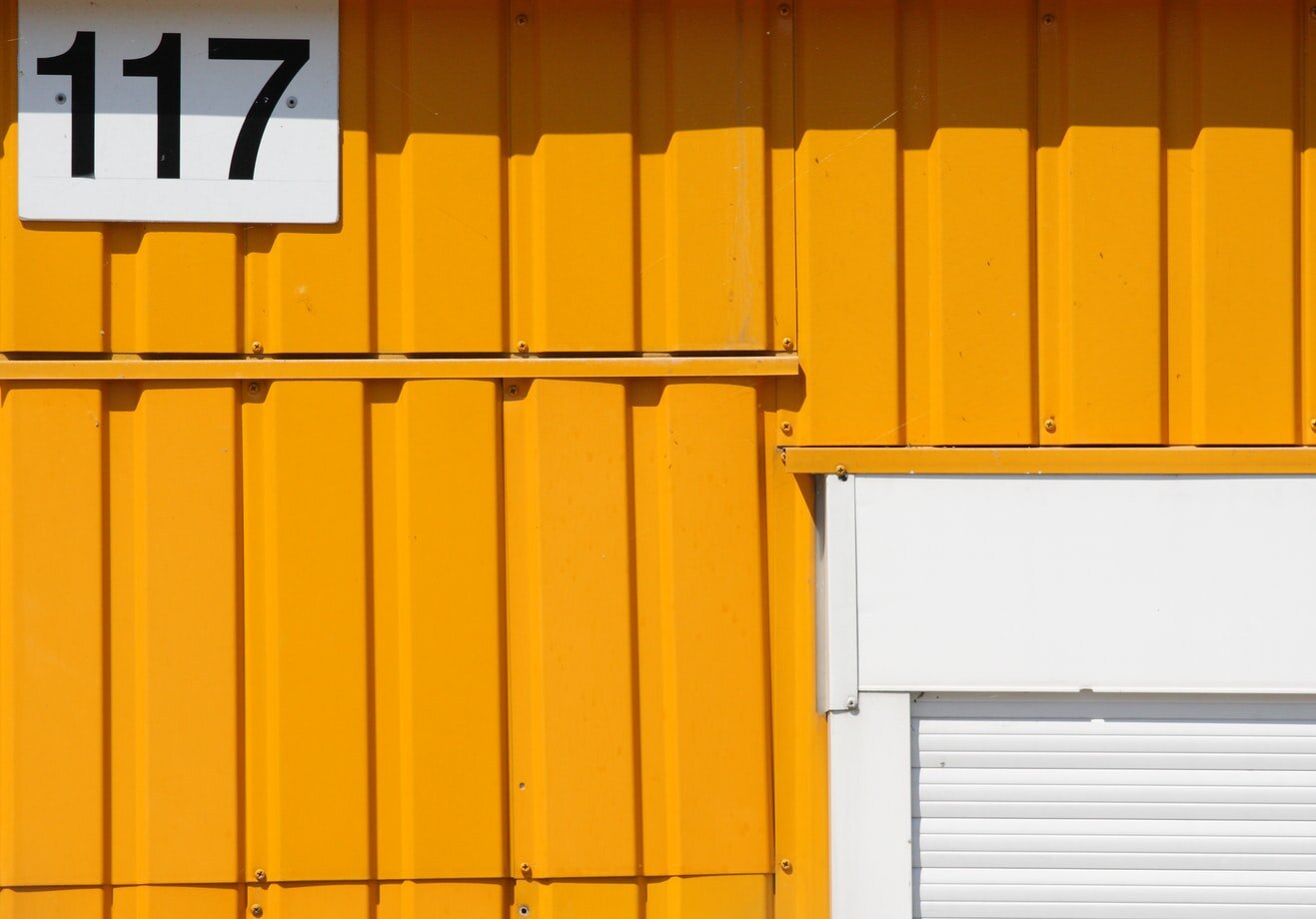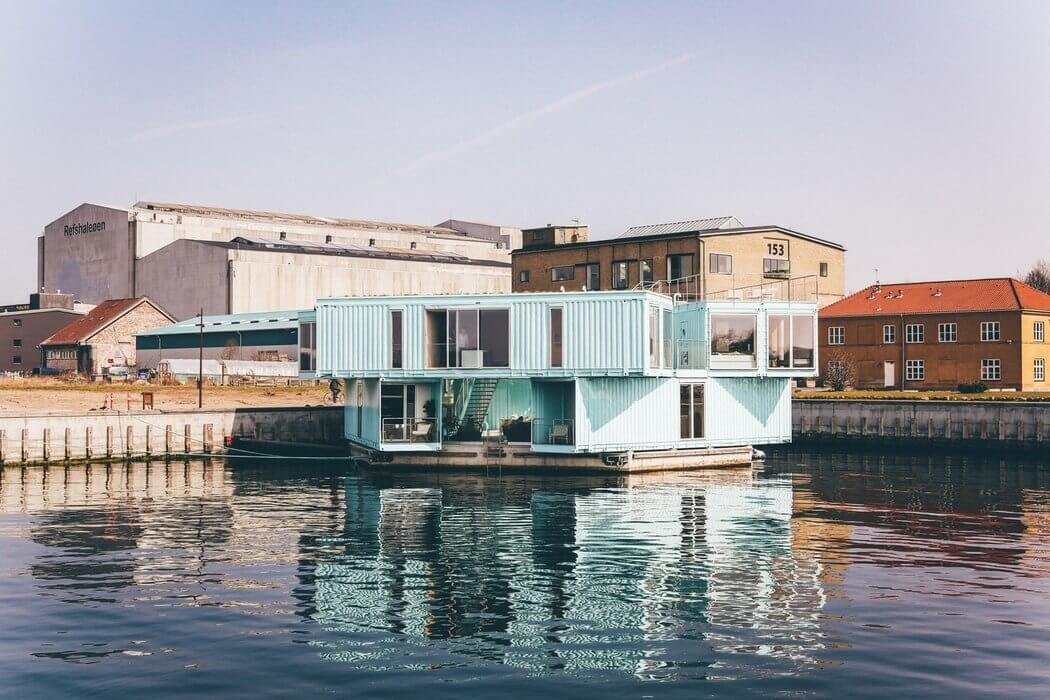Four Ways Shipping Container Buildings Can Change Urban Living
The 21st century is shaping up to be the most urbanized in human history. The UN projects that by 2050, a full 68 percent of the world’s population will live in cities. The urbanization boom is creating new, vibrant, interconnected webs of humanity. But in order to make it work, we’ll have to get a little creative.
That’s why the new boom in buildings made from shipping containers is so exciting. All over the world these innovative living structures are creating opportunity. They’re certainly a little unusual, but that’s part of their charm.
How are architects, planners, residents and developers using these opportunities to improve the standards of urban living for everyone? We’ll look at a few important ways among many.
1. Providing affordable housing stock in cities.
We’ve all seen the numbers from cities like San Francisco and New York. Housing prices in the world’s most desirable metros have skyrocketed as investment firms snap up real estate. However, a report from Citylab says that the problem is no longer confined to just the mega-cities but is increasingly spreading to smaller ones as well.
To combat this problem, we need affordable housing, and we need it fast. Container apartments are one increasingly popular solution, and they’re getting tenants as quickly as developers can build them.
According to AZ Central, Phoenix’s first container apartment building had a waiting list almost as soon as it opened for business. At a relatively modest $1,000 per month, it’s definitely within reach for most middle-class city-dwellers. And the more quickly these dwellings reach full occupancy, the more they get built — a second container apartment complex recently opened in Phoenix due to the success of the first apartments.
2. Offering emergency housing to the homeless and displaced.
image © unsplash
On the other end of the spectrum, the relatively low construction costs and quick turnaround time of these homes can help create lifelines for people in need. After a massive 2017 earthquake left thousands homeless in Mexico City, architect Maria Gomez created an innovative series of container homes that allowed displaced families to finally have a place to call their own again.
And these buildings have come a long way from being shipping boxes filled with air pillows —Gomez’s container buildings are full-blown two-bedroom apartments with kitchens, bathrooms and everything else a functional home needs. Each home cost under $11,000 to create, and even better, they may be better equipped to withstand future earthquakes in this seismically-active region.
3. Reducing construction costs and shipping waste.
image © unsplash
Shipping containers play a huge role in the freight industry and can be found just about everywhere — there are estimated to be over 20 million of them in the world. Yet new ones are still being made every year, as older ones that are still structurally sound are being retired. Eventually, some clever architects and developers figured out that they had a ready-made solution to the cost of home-building materials.
In 2018, the average cost to build a single family-home in the United States was $289,716. Building materials account for a large percentage of that. Wood, concrete, brick, roofing materials and all the other components of a house add up quickly. And apartment buildings in cities cost many, many times that.
Containers are a convenient and cost-effective construction material. They come ready-made with many advantages:
Sturdy steel construction that’s designed to be stacked and requires minimal reinforcement
Typical height of 8.5 feet, an ideal height for residential ceilings
Incredibly inexpensive when compared to traditional building materials
Can easily be placed side-by-side or perpendicular to create interesting new structure shapes
Relatively easy and inexpensive to cut and weld together for structural adjustments
In the end, the thing that container buildings may excel at the most is striking a balance between the essential functions of a traditional house and the aesthetics and philosophy of 21st-century urbanism.
4. Creating boundary-pushing urban spaces.
image © unsplash
The trend doesn’t stop at apartments, either. Containers have become the hot new material for all kinds of spaces:
In the tourist hotspot of Asheville, N.C., the Smoky Park Supper Club claims to be the United States’ largest shipping container building. Constructed from 19 containers, the whole building took just three days to put together. Builders were able to make most necessary cuts and welds off-site, enabling rapid-fire construction. Although this building is in a more rural area, the process could likely be replicated in an urban setting.
A developer in Chicago, I.L. created a pop-up market from shipping containers with shop space for lease to local artists, businesses and craftspeople. The lot is the site of a future skyscraper the developer plans to build, with the market occupying the space in the meantime. The lightweight portability of shipping containers makes such projects possible.
The Box Office in Providence, R.I., is a 12-unit building of office space and studios. It offers spaces aimed specifically at start-ups, designers, artists and nonprofits. The building is exceptionally energy-efficient and sports an attractive multicolored design that makes it stand out without being gaudy.
Wichita, K.S., recently opened a mini-mall called Revolutsia, mostly constructed from shipping containers. It sports an ice cream parlor, a European-style food hall, design studios and more. Perhaps the coolest part is that it’s built around a quaint antique cottage that was already located on the property, blurring the boundary between old-school Midwestern charm and forward-thinking urban development.
If the global urbanism boom hasn’t come to your city yet, odds are that it will. With the flow of populations into urban centers showing no signs of stopping any time soon, cities of all sizes are starting to plan for continuous and sustainable growth.
That means doing things a little bit differently. Urban population growth causes new people and new ideas to collide, sparking visionary creations and daring investments. In this new, booming economy, urban citizens are re-examining their old ideas then upcycling, remixing and re-imagining them into new and important forms. Shipping container housing is just one example of what might be 21st-century urbanism’s most potent trend: sustainable innovation.
This article was written by Cory Levins. He is the business development director for AirSea Containers.
cover image © unsplash









